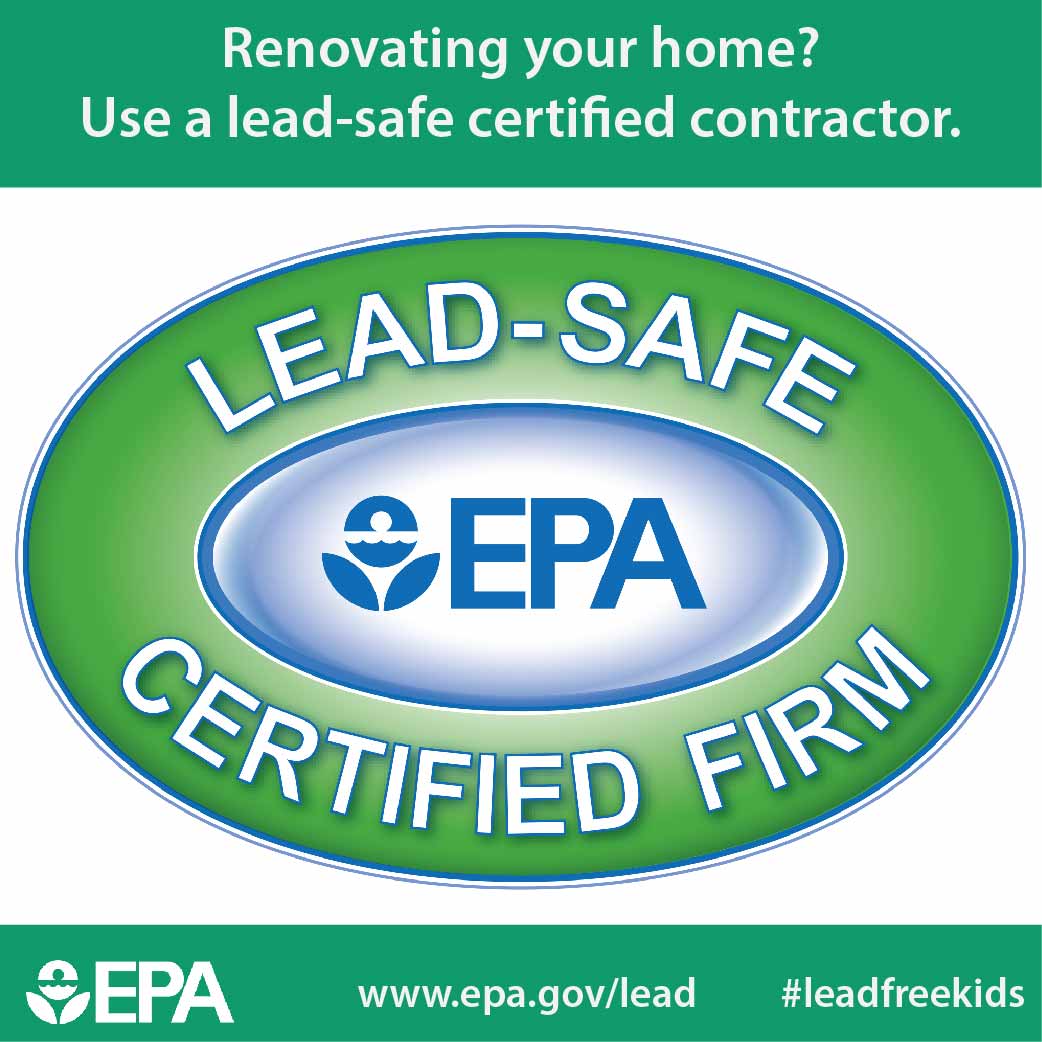Learn About The Ways In Which Seasonal Factors Can Impact The Success Of Industrial Outside Paint And Determine The Most Effective Times To Accomplish Long Lasting Outcomes For Your Task
Learn About The Ways In Which Seasonal Factors Can Impact The Success Of Industrial Outside Paint And Determine The Most Effective Times To Accomplish Long Lasting Outcomes For Your Task
Blog Article
Material Author-Aguilar Chaney
When you're planning a commercial exterior paint project, seasonal factors can make or damage your results. You'll want to consider just how temperature level and humidity impact paint application and drying times. Picking the right period can ensure your paint adheres properly and lasts longer. But which seasons are absolutely the best for this type of work? Let's discover the crucial elements that can influence your job's success.
The Impact of Temperature Level on Paint Application
When you're intending an industrial outside painting project, the temperature can dramatically impact just how well the paint adheres and dries out.
Ideally, multi-family painters intend to paint when temperature levels range in between 50 ° F and 85 ° F. If it's too cold, the paint may not cure properly, resulting in issues like peeling off or breaking.
On local commercial painters , if it's too warm, the paint can dry as well swiftly, protecting against appropriate bond and resulting in an unequal coating.
You ought to additionally think about the moment of day; early morning or late afternoon supplies cooler temperature levels, which can be more desirable.
Always examine exterior painting contractor okc for the particular paint you're making use of, as they often offer advice on the ideal temperature variety for optimal outcomes.
Humidity and Its Result on Drying Times
Temperature level isn't the only environmental aspect that affects your commercial external paint job; moisture plays a significant role too. High humidity levels can decrease drying out times considerably, affecting the total high quality of your paint work.
When the air is filled with dampness, the paint takes longer to treat, which can result in problems like poor attachment and a higher risk of mildew development. If you're repainting on an especially damp day, be prepared for extensive delay times between coats.
It's essential to keep an eye on neighborhood climate condition and strategy as necessary. Preferably, go for humidity levels in between 40% and 70% for ideal drying.
Keeping these factors in mind ensures your job stays on track and provides a long lasting surface.
Best Seasons for Commercial Outside Painting Projects
What's the very best time of year for your commercial external paint tasks?
Springtime and early loss are usually your best choices. During these seasons, temperature levels are mild, and moisture degrees are typically lower, developing suitable problems for paint application and drying.
Prevent summer's intense heat, which can trigger paint to completely dry too rapidly, leading to inadequate attachment and surface. Similarly, winter season's chilly temperatures can impede proper drying and curing, running the risk of the long life of your paint job.
Aim for days with temperature levels between 50 ° F and 85 ° F for ideal results. Remember to inspect the local weather report for rain, as wet conditions can ruin your project.
Planning around these elements ensures your painting job runs smoothly and lasts much longer.
Final thought
Finally, intending your business exterior painting jobs around seasonal factors to consider can make a substantial difference in the result. By scheduling job throughout the perfect temperatures and moisture levels, you'll guarantee much better adhesion and drying out times. Keep in mind to watch on regional weather forecasts and choose the right time of year-- spring and early loss are your best options. Taking these steps will certainly aid you achieve a long lasting and specialist surface that lasts.
